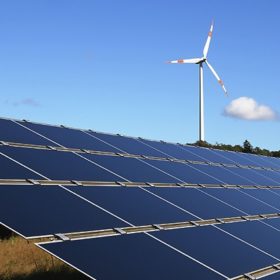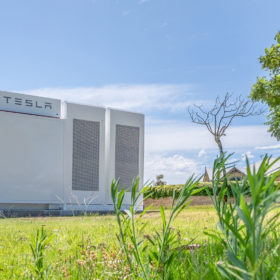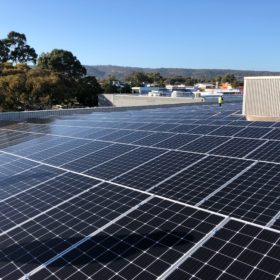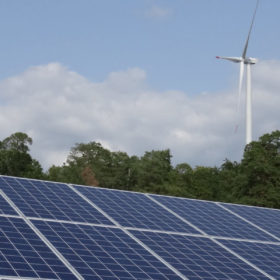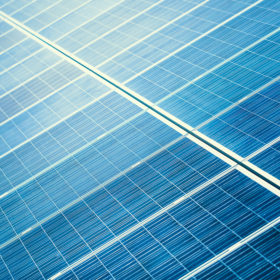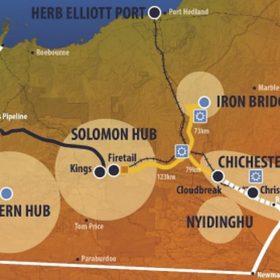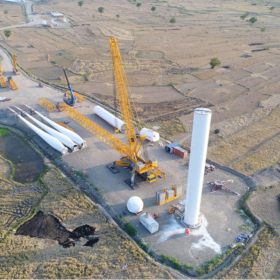Solar and wind set new output record even as curtailment continues to bite
Grid-scale wind and solar output reached new highs in Q4 last year pushing power prices to a three-year low despite a number of coal-fired generator outages. As Australia’s big PV fleet continues to expand, the National Electricity Market saw the highest output of big PV on record, but also record curtailment.
Perth’s first utility-scale community battery
Synergy and Western Power’s PowerBank trial has reached another milestone with the integration of a utility-scale community battery into Perth’s major metropolitan network.
City of Adelaide commits to 100% renewable electricity
From July 1, if it is run by the City of Adelaide, it is being powered by wind and solar electricity under a landmark power purchase agreement inked electricity retailer Flow Power.
Scott Morrison’s gas transition plan is a dangerous road to nowhere
As Australia continues to battle horrific bushfires, Prime Minister Scott Morrison has announced a renewed focus on gas-fired electricity to reduce emissions and lower energy prices. This is a dangerous and completely unnecessary route.
Morrison-Berejiklian energy deal: Opportunity for renewables or climate deal with the devil?
An energy deal struck between the Morrison and Berejiklian governments that will see more than $2 billion invested to increase gas supply and reduce greenhouse gas emissions from the electricity sector has prompted a flurry of reactions that boil down to two conflicting interpretations of its purpose.
Renewables investment collapses due to network woes and policy uncertainty
In yet another confirmation of a dramatic drop in spending on large-scale renewables in Australia, a new analysis by the Clean Energy Council reveals a fall from 51 projects worth $10.7 billion in 2018 down to 28 projects worth $4.5 billion in 2019. Mounting regulatory risks, under-investment in transmission and policy uncertainty are the main reasons behind investment slow-down, which is set to put greater pressure on reliability and power prices as Australia’s old coal-fired power stations continue to close.
Glenrowan West Solar Farm set for construction after purchase by Germany’s Wirtgen Invest
Germany-based Wirtgen Invest has entered the large-scale Aussie solar market with the purchase of the 140 MW Glenrowan West Solar Farm, a significant project considering its location in one of the 2020 Integrated System Plan’s Renewable Energy Zones.
Fortescue invests in solar-gas-battery project to power its Pilbara operations
Resources giant Fortescue Metals will invest $US450 million ($668 million) in the next stage of its Pilbara Energy Connect program to combine 150 MW of gas-fired generation, 150 MW of solar PV and a grid-scale battery. The hybrid generation project will provide low cost power to the Iron Bridge magnetite project currently under construction.
New giant battery creates base for more renewables in Queensland
Singapore-based developer Vena Energy has announced that it will soon begin construction of Queensland’s largest grid-scale battery near Wandoan in the Western Downs. The 100 MW/150 MWh project will be delivered under a 15-year power purchase agreement with Australia’s biggest power producer, AGL.
What lies ahead for the NEM in 2020? Some lessons from 2019
After a leisurely break over the holiday period, I have returned to my desk to get right back into the analysis of what I think will be a pretty exciting year for the NEM. Connection difficulties, commissioning delays and stubbornly high storage costs point to uncertainty on the supply side, while strong rooftop uptake continues to whittle out daytime operational demand.
